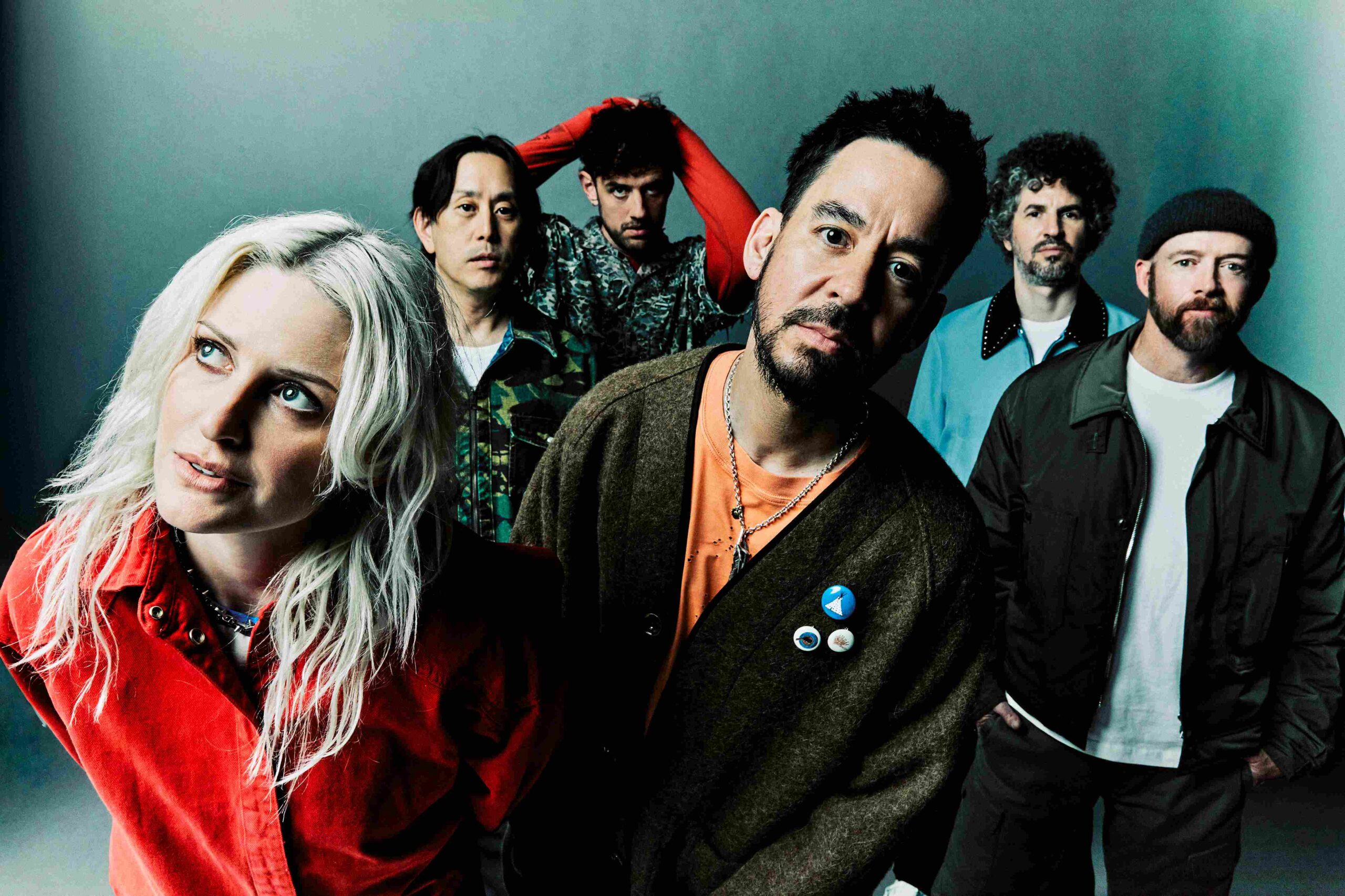Of all the thunderous moments in Linkin Park’s live history, one of the most powerful is also the quietest. “The Emptiness Machine,” performed at London’s Wembley Arena in 2017, is not a classic song but a stark, spoken-word interlude that serves as the emotional core of the One More Light Live album.
It begins in a void of silence after the song “Rebellion” ends. A single, clean piano note rings out, cold and lonely. Into this space, Chester Bennington offers a fragile, whispered confession. His voice is raw and uncomfortably intimate; you can hear every breath and the subtle strain in his throat.
The lyrics are a devastatingly honest poem: “I’m just singing one more song, and it’s a reason to be sober… And if you see a little bit of hell in it, it’s probably ’cause I’ve been going through it.” This was more than a performance; it was a direct window into his struggle, a promise that his music was a shared lifeline against the darkness.
The band remains entirely absent—no drums, no guitar, only Mike Shinoda’s faint, swelling synths. This minimalist arrangement magnifies Chester’s vulnerability. As his final words hang in the air, Joe Hahn manipulates the decaying piano note, warping it into the distorted siren that introduces “Crawling.”
This seamless transition turns quiet emptiness into loud anguish, making “The Emptiness Machine” a breathtakingly brave moment of truth. It is a haunting and precious artifact—the sound of a machine pausing to reveal the fragile human heart at its center.
Linkin Park’s live performance of “Cut the Bridge” transcends its origins as a mere 90-second interlude on Minutes to Midnight, evolving into a masterclass in atmospheric tension and emotional whiplash that always followed the fury of “Given Up.” As the final echo of Chester Bennington’s legendary 17-second scream faded, the stage would plunge into a stark, blue-hued silence broken only by Mike Shinoda’s minimalist, pulsing synth heartbeat and ethereal, chilling pads.
This created a digital soundscape of profound isolation, over which a sharp, metallic shink!—the symbolic “cut” itself—would slice through the air, often punctuated by Rob Bourdon’s slow, deliberate snare roll. In the midst of this, Chester’s bowed, motionless figure at the front of the stage, visibly gathering himself, served as a raw, human counterpoint to the electronic gloom, embodying the exhausting cost of his own catharsis.
This calculated pause was not just a musical transition but a vital, communal breath of shared vulnerability, masterfully de-escalating the crowd’s energy before the somber piano notes of “Leave Out All the Rest” began, making the journey from rage to regret feel earned, visceral, and utterly transcendent.
